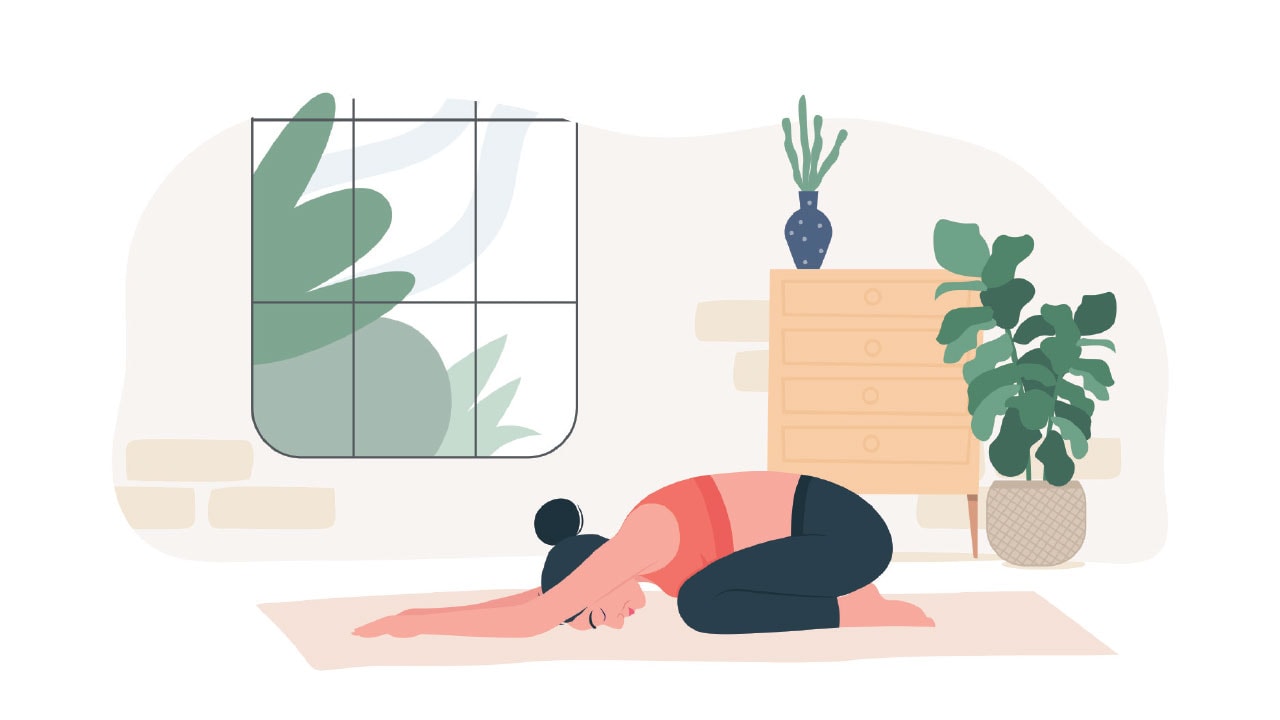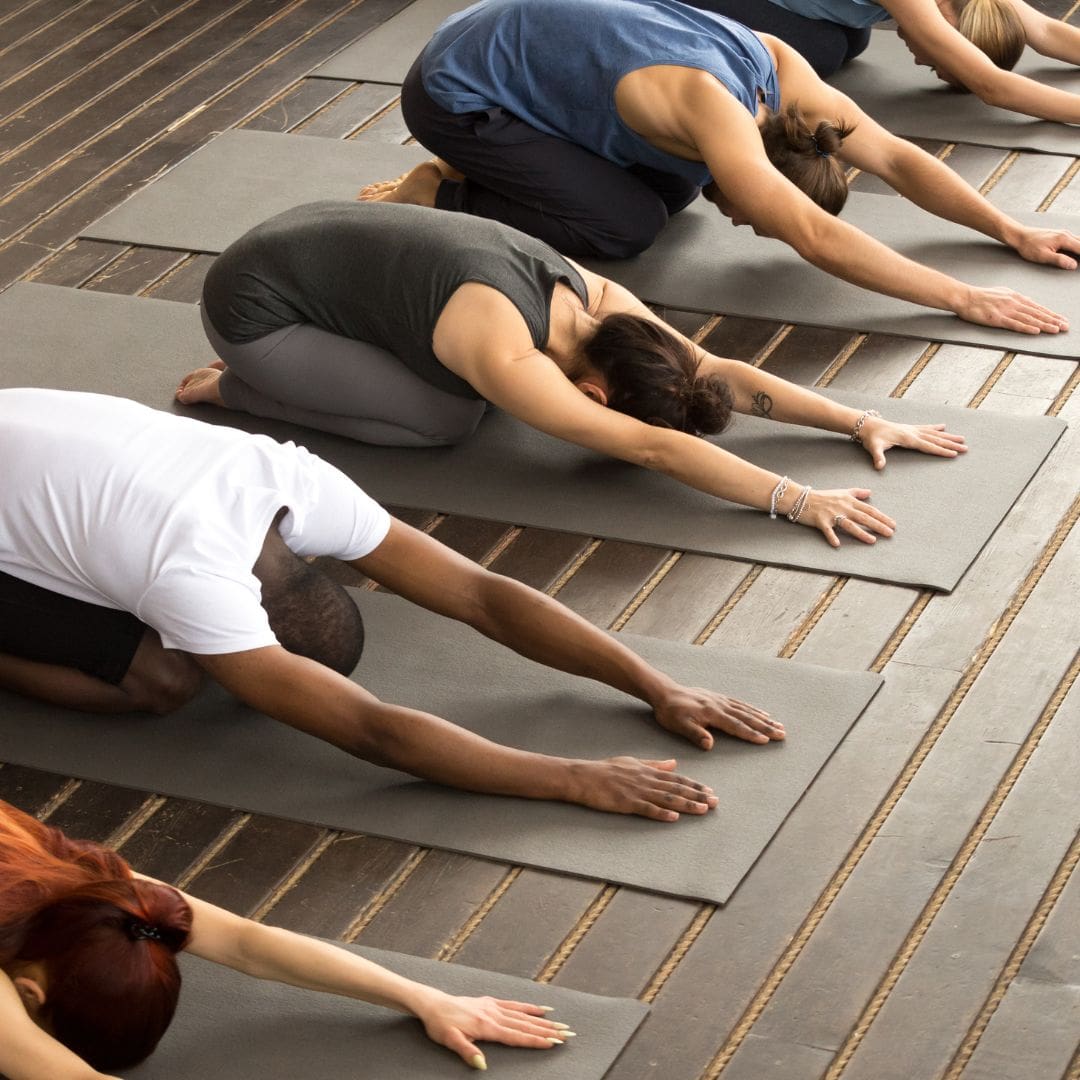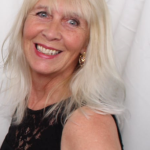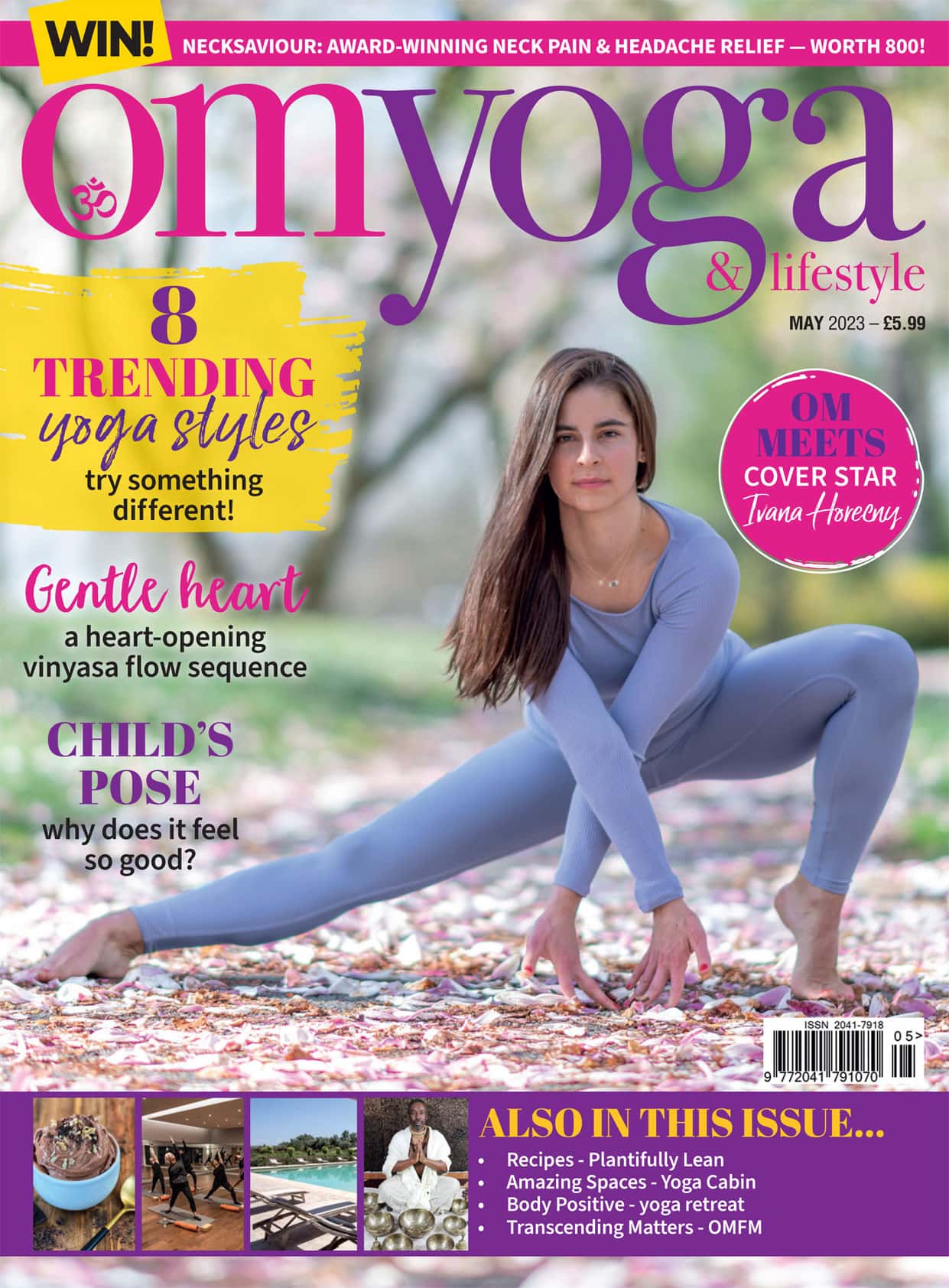
Why does child's pose feel so good?
By Diane Ashfield
Balasana, or child’s pose, is a posture we often come into after working on a challenging asana in order to relax and reset the muscles. It’s classified as a restorative pose, gently draping the body over the bent legs, resting the arms by our sides, palms facing upwards and our head gravitating towards the floor or wherever feels comfortable.
Child’s pose is a gentle stretch for the back, hips, thighs, and ankles. It can help relieve back pain and is often used after back-bending asana to reset and release the spine. In Balasana our bodies resemble a child in the womb and we are encouraged to be in the same state of mind as a foetus – not thinking or feeling, but being nurtured by an unseen entity.
Even though this is an extremely relaxing and resting pose, it’s not suitable – nor comfortable – for everybody. Those with ankle, knee or abdominal issues, or those in later stages of pregnancy, should not practice child’s pose. Though they may find practicing Balasana sitting on a chair with a pillow or cushion on the knees, or with legs wide and resting the arms on another chair or table positioned in front more beneficial.
For those of us on the floor, we can alter or modify our child’s pose in lots of ways. Here are a few ideas:
- If the forehead doesn’t reach the floor, we can place a block, cushion or make fists stacked on top of each other to rest the head.
- If our bottom doesn’t quite reach our heels, we can place a cushion or blanket underneath our seat – this feels amazing even if we are able to sit back on our heels! Gently push the bottom back into the cushion and relax.
- Stretching the arms out ahead elongates the torso and lengthens the spine. Push your fingers into the floor while pushing the bottom back and down.
- Bend the elbows, bring the palms together and rest the thumbs on the back of the neck – this is particularly great for releasing tight shoulders and upper arms.
- Take the knees a little wider. This encourages the chest to come closer to the floor, promoting a sense of grounding.
- For a deeper and more restorative version of Balasana, place a bolster or pillow under your chest or belly and release yourself into the pose for a few minutes or for as long as feels comfortable.
Wherever you are in your child’s pose, close your eyes, take long, deep breaths and surrender yourself to each exhalation. With your neck in a neutral position, feel your shoulders relaxing, your muscles releasing and easing with every out breath, and notice the total innocence of this pose.
Little wonder that once we get into this position we don’t want to come out, so if you want to stay a little longer, then do!
Balasana benefits

Benefits of Balasana when practiced regularly:
- Increases blood circulation
- Aids digestion
- Strengthens knee ligaments
- Lengthens and stretches the lower back muscles
- Stretches the shoulders and ankles
- Energises the whole body
- Releases fatigue
- Calms the mind
- Helps reduce stress and anxiety
- Connects you to your breath
Diane Ashfield (aka Yoga With Dash) is a British Wheel of Yoga teacher with classes online and in-person in Bromley, Kent. Connect with her on Instagram @yogawithdashuk




